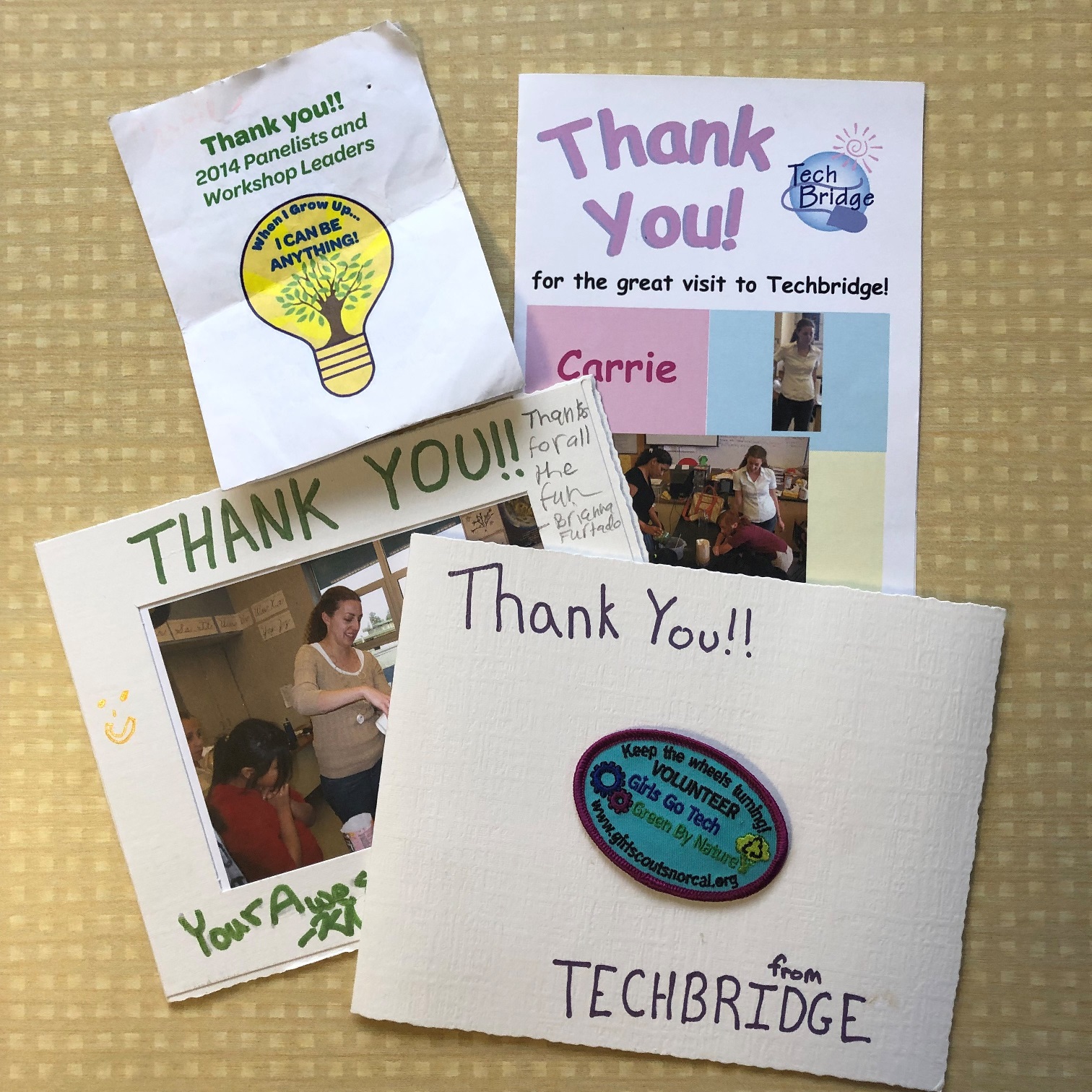Workplace diversity receives more attention than it used to, particularly in the field of engineering. Our industry can expect continued growth and any mission to meet future workforce needs must embody some depth — considering not only surface-level diversity and visibility, but also what diverse experiences and perspectives bring to the table. Broadcasting only the ideas and designs of a homogenous group limits an industry’s ability to serve a pluralistic society.
We’ve made a lot of progress over the last several decades. Still, less than 15 percent of the civil engineering workforce is female and people of color make up slightly more than 20 percent (US Bureau of Labor Statistics, 2019). Often when we think about workplace diversity, we ask the wrong question: “How do we hire a more diverse staff?” It’s a top-down approach that fails us time after time. Instead, we should consider how we can introduce people with a broader range of experiences to this industry.
Introduce a Girl to Engineering Day is all about seeking out those least likely to have exposure to engineering and opening the door wide enough for them to peek inside. What would happen if more girls knew this was a career option earlier — before they are making decisions about college, even before they get to middle school?
Carrie Del Boccio, a civil engineer in our Walnut Creek, California, office is testing that theory and encouraging others to follow suit. Carrie volunteers locally as a role model for several organizations that want to make sure girls and young women know the STEM fields are open to them. A few years after completing her master’s degree at University of California at Berkeley, an alumni group contacted her about volunteering with an organization called Techbridge.
“Techbridge started in Oakland and is now in Seattle and Washington, D.C.,” says Carrie. “The organization offers after-school programs in places that don’t have strong socioeconomic status — where students may not be getting a lot of support at home related to STEM. Techbridge provides weekly STEM-focused programs for young women in fifth grade through high school.”
Carrie’s involvement with Techbridge landed her on a database of role models in the Bay Area. The database introduced her to similar avenues for volunteering, such as a Girl Scouts of America program and Scientific Adventures for Girls.
Each of these programs connect girls to STEM role models like Carrie: women in a variety of science, technology, engineering, and mathematics professions. “Role models talk about what we do at work, how we got there, even personal life stuff,” she explains. “We usually do an activity with them, like building a water filter, or learning about composting. The commitment is not weekly, and as far as offering up your time as a mentor, it’s a really easy way to get involved.

Every experience is different. Younger girls typically don’t have much context for what a civil engineer does. “That can be challenging, but they know what science is and what scientists do,” says Carrie. “I usually explain that engineers are the people who put science into action. Civil engineers relate to civilizations, such as the structures you need to make cities run: bridges, roadways, buildings, and water supply. They understand that my job is to make sure there is safe water for homes and schools, and then making it safe to return to the environment.”
The girls make connections quickly and are relentlessly curious — good candidates for the engineering field. They often ask Carrie where their own water comes from. One of the Girl Scout Troops she worked with was in the middle of a semester-long watershed science unit. In grades 3-5, they knew enough to engage in activities and ask questions related to protecting local waterways.
They see the appeal in creative work that helps protect the environment and improve their communities. The more they learn, the more they see themselves applying their talents and interests in the STEM fields. Engineering offers such a variety of experiences that it can be whatever you make it. Engineering can be very technical; it can also be very social. There are so many paths, and so many things to combine it with, like teaching, business, or public policy. And you’ll always have a job. There will always be places that need engineering talents, no matter your practice.
Especially with older girls, Carrie emphasizes the opportunities in her profession. “I want them to know there are financial benefits,” she says. “Engineering is a stable job that you can support your family with or fund your trips and adventures with. It’s important to me to get the message out there that these are good jobs and we need more people involved, particularly people who can represent different types of thinking and different backgrounds. I hope when they get to college, some of them pick this major so down the road we can hire them.”
